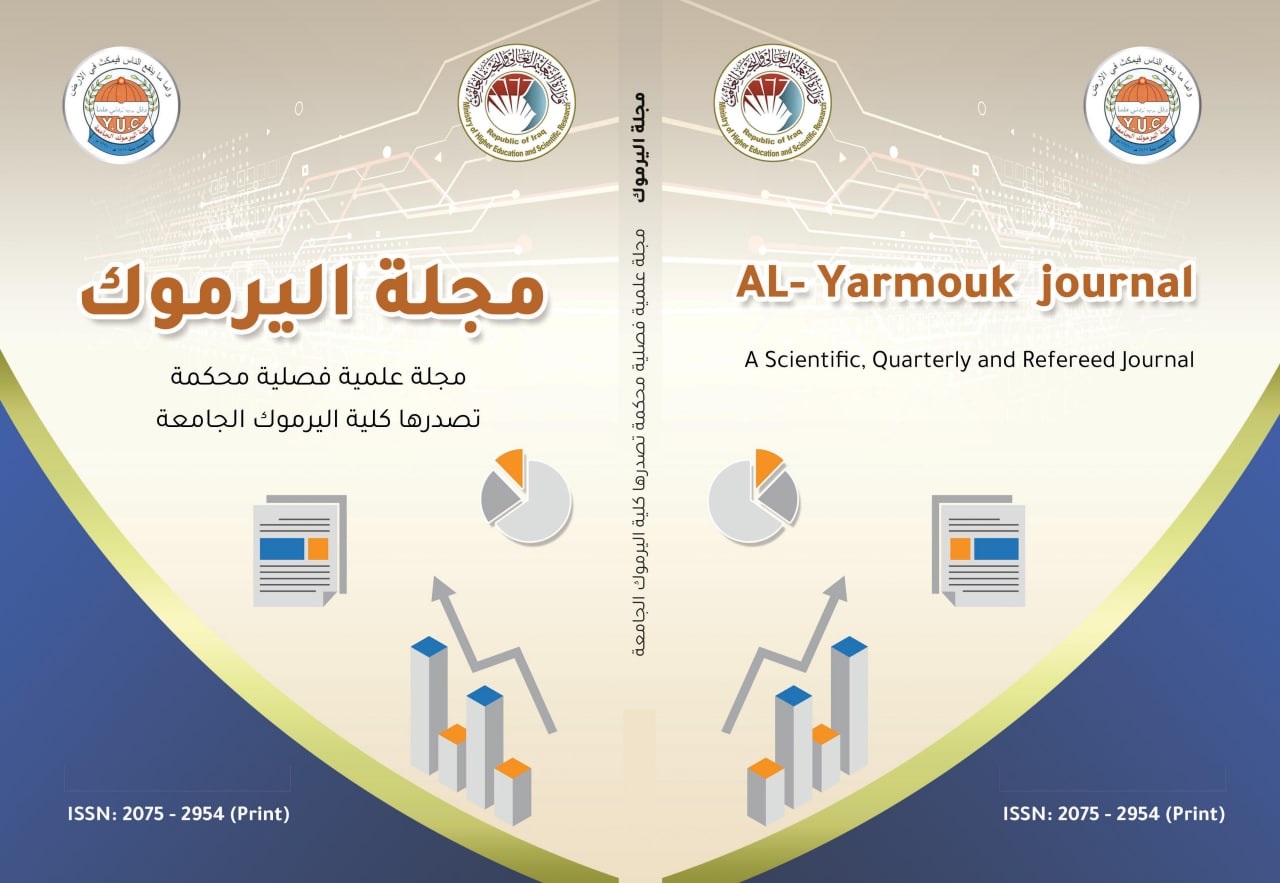Taxation between Creative Accounting and the regulations of Tax Administration An Empirical Study in the Department of Companies In the General Authority for taxes
التحاسب الضريبي بين المحاسبة الإبداعية وضوابط الإدارة الضريبية دراسة تطبيقية في قسم الشركات في الهيئة العامة للضرائب
Abstract
The relationship between the accounting and tax should be based on positive cooperation,
because the foundation role of the tax in the development of accounting throughout its long
past, as well as the tax administration at the present time represents the important user of
accounting outputs of the financial statements, but the tax administration often refuse menus
Finance or do not agree with them in spite of auditing these financial statements and approval
of the auditor. The financial statements Have been modified or non-acceptance by the tax
administration for reasons supported by the irregularity or lack of easily obtainable in
accordance with the accounting principles agreed upon, or the lack of its secretariat, including
the implied hide information or fraud or manipulation in those lists, and this is the base axis of
the research and of the procedures and methods of creative accounting which is intended to
reduce taxable income and the resulting of taxation .
Accordingly, we find that the taxation takes place according to the regulations adopted by the
tax administration in the absence of conviction that administration as shown by the financial
statements of the results of the work, or in other words when the net profit shown by the
financial statements less than the net profits that are reached in accordance with the
regulations, whether profits that real and actually reflect the result of activity or as a result of the
practices of creative accounting, on the other hand, we find that the tax administration does not
depend controls it relies net profit shown by the financial statements when the latter is greater
than the net profit under controls whether the net real profit or reached of creative accounting
practices that seek to inflate profits to achieve the goals of the company\'s management to raise
the value of the shares or other targets.
We discussed this subject in two sections, representing the first of which theoretical concept of
creative accounting, causes and methods that are carried out during which, as well as the
concept and mechanism of taxation, while taking second on the practical side of the study of a
number of companies in the Department of companies in the General Authority for taxes.
أن العلاقة بين المحاسبة يجب أن تكون مبنية على التعاون الإيجابي ، لما للضريبة من دور أساس في تطور المحاسبة عبر ماضيها الطويل ، فضلا عن أن الإدارة الضريبية في الوقت الحاضر تمثل مستخدم رئيس للمخرجات المحاسبية المتمثلة بالقوائم المالية ، ألا أن القوائم المالية وعلى الرغم من قيام مراقب الحسابات أو المدقق بتدقيقها فأنه غالبا ما يتم تعديلها أو عدم قبولها من قبل الإدارة الضريبية لأسباب تسندها لعدم الانتظام أو عدم مسكها طبقا للمبادئ المحاسبية المتفق عليها ، أو لعدم أمانتها بما ينطوي عليه ذلك من إخفاء للمعلومات أو تزوير أو تلاعب في تلك القوائم ، وهذا هو المحور الأساس للبحث والمتمثل بإجراءات وأساليب المحاسبة الإبداعية التي يكون الهدف منها تخفيض الدخل الخاضع للضريبة وما تسفر عنه عملية التحاسب الضريبي. وطبقا لذلك نجد إن عملية التحاسب الضريبي تتم طبقا للضوابط التي تعتمدها الإدارة الضريبية في حالة عدم قناعة تلك الإدارة بما تظهره القوائم المالية من نتائج أعمال أو بتعبير آخر عندما تكون صافي الأرباح التي تظهرها القوائم المالية اقل من صافي الأرباح التي يتم التوصل إليها طبقا للضوابط سواء أكانت الأرباح التي حقيقية وتعبر فعلا عن نتيجة النشاط أو نتيجة لممارسات المحاسبة الإبداعية، ومن جانب آخر نجد إن الإدارة الضريبية لا تعتمد الضوابط وإنما تعتمد صافي الأرباح التي تظهرها القوائم المالية عندما تكون الأخيرة اكبر من صافي الربح بموجب الضوابط سواء أكان صافي الربح حقيقي أو تم التوصل إليه من ممارسات المحاسبة الإبداعية التي تسعى من تضخيم الأرباح تحقيق أهداف إدارة الشركة في رفع قيمة الأسهم او غيرها من الأهداف. وقد تم تناول هذا الموضوع في مبحثين اختص الجانب الأول منها بالمفهوم النظري للمحاسبة الإبداعية وأسبابها والأساليب التي تنفذ من خلالها وكذلك مفهوم والية التحاسب الضريبي، في حين تناول المبحث الثاني الجانب التطبيقي المتمثل في دراسة عدد من الشركات في قسم الشركات في الهيئة العامة للضرائب.





